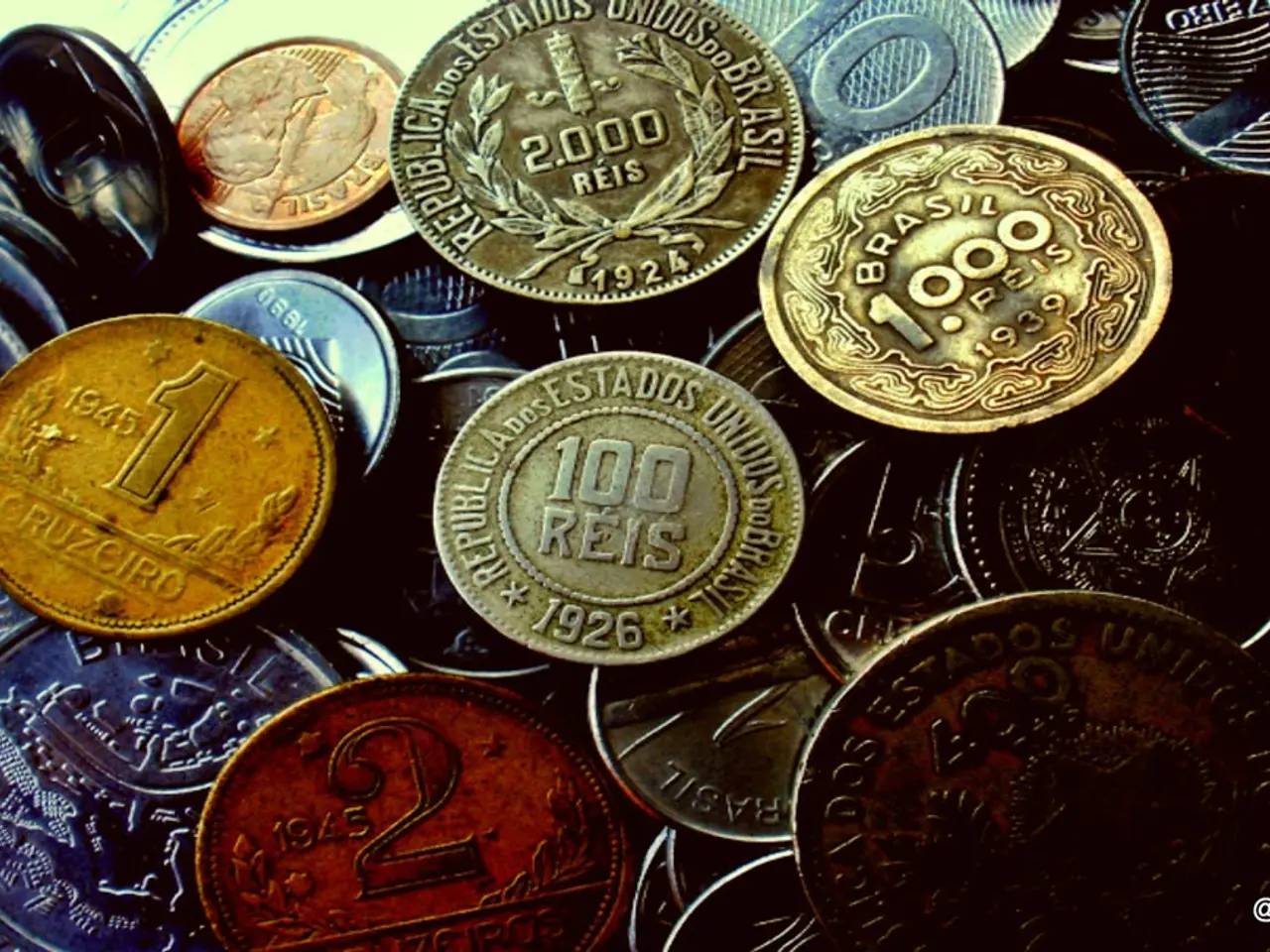Understanding Altcoins: A Comparison with Bitcoin
In the world of digital currencies, Bitcoin is undoubtedly the most well-known and widely accepted. However, a diverse array of alternatives, known as altcoins, have emerged, each offering unique features and benefits.
Altcoins, short for "alternative coins," refer to any cryptocurrency other than Bitcoin. These digital assets were created to address Bitcoin's limitations and improve upon its technology.
One of the key differences between Bitcoin and many altcoins lies in transaction validation. Bitcoin uses proof-of-work (PoW), a process that requires significant energy to verify transactions, making it energy-intensive. In contrast, many altcoins have moved to proof-of-stake (PoS) or other systems to reduce energy use and improve efficiency. For instance, Ethereum shifted to PoS with its Ethereum 2.0 upgrade, and altcoins like Cardano and Solana have adopted energy-efficient methods.
Privacy-focused altcoins like Monero and Zcash offer more anonymous transactions, providing an attractive option for those seeking greater privacy in their financial dealings. On the other hand, stablecoins like USDT or USDC are pegged to real-world currencies, making them less volatile.
Compared to Bitcoin, altcoins tend to be more volatile, with price fluctuations expected. However, many people view Bitcoin as a hedge against inflation or a safe haven during economic uncertainty.
The market trends, such as usage, industry collaborations, and growth opportunities, significantly impact altcoins. In the recent past, altcoins that have experienced significant growth include Solana, XRP, and MAGACOIN FINANCE. Solana attracted $1.72 billion in Q3 2025, XRP benefited from regulatory clarity after the SEC lawsuit, and MAGACOIN FINANCE showed strong presale interest and high ROI projections.
Investment in altcoins should be guided by risk profile, investment objectives, and an understanding of the crypto market. The project fundamentals, including the development team, technology, and roadmap, are crucial for evaluation.
Altcoins have expanded the boundaries of blockchain technology beyond what Bitcoin first introduced. Some altcoins are designed for faster transactions, enhanced security, or more energy-efficient mining processes. Furthermore, Ethereum brought smart contracts to the cryptocurrency world, enabling the creation of decentralized apps (dApps).
In conclusion, the world of altcoins offers a vibrant and ever-evolving landscape, pushing the boundaries of what is possible in the realm of digital currencies. As with any investment, it's essential to approach altcoins with a clear understanding of the risks and potential rewards.








